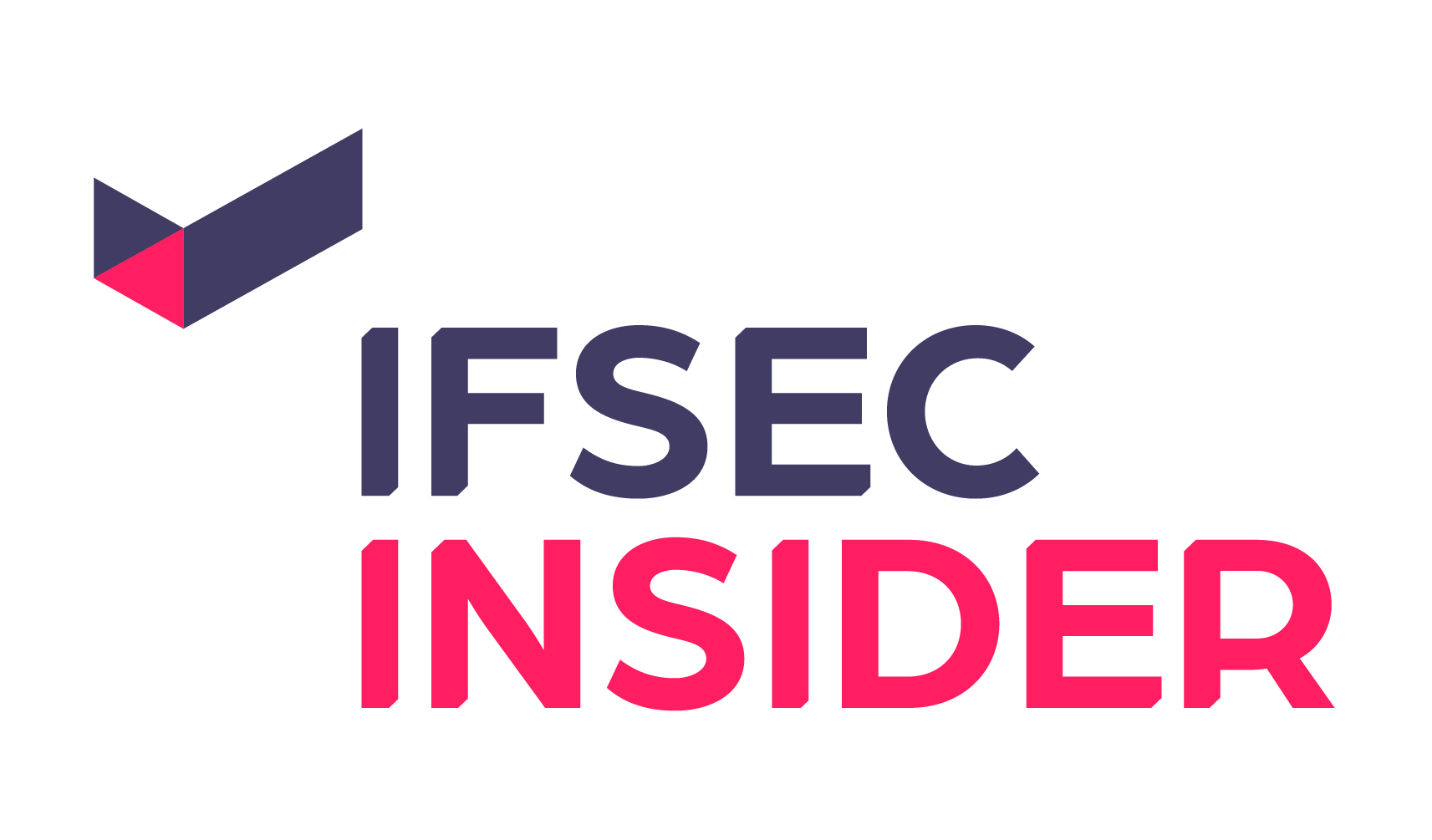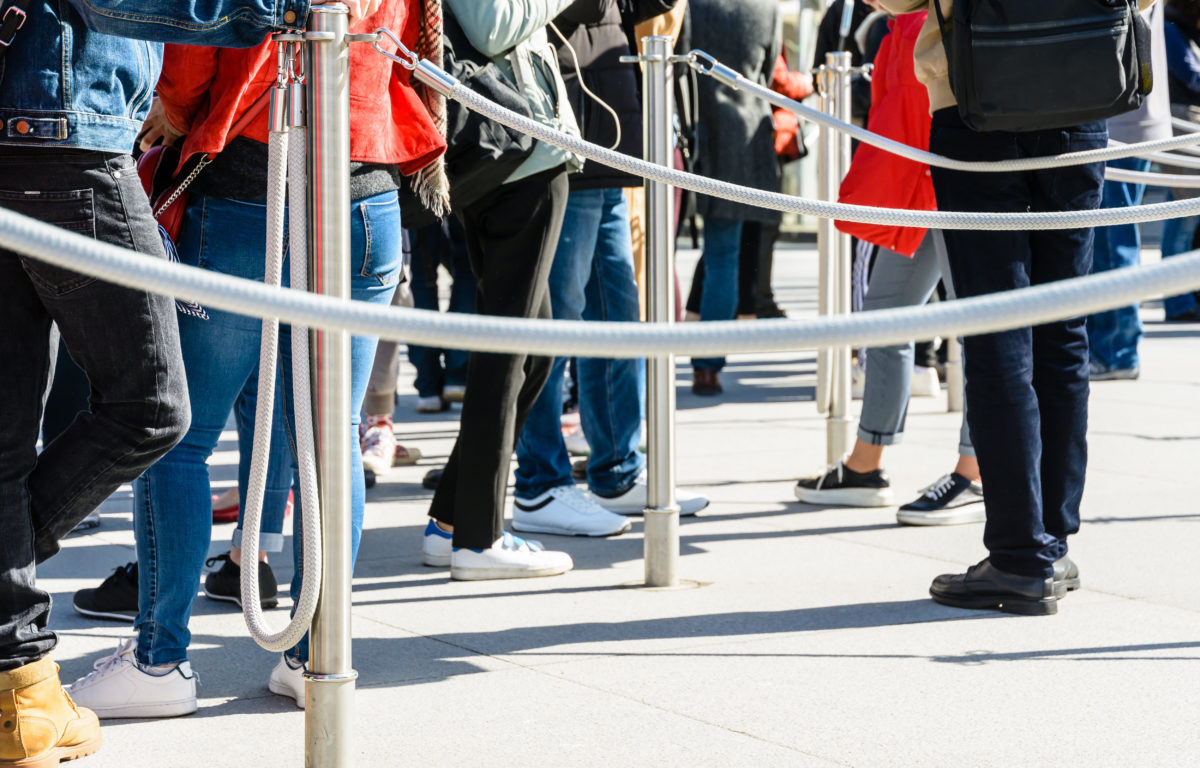Event security poses a unique set of challenges: open design, a surge of guests before a show starts, and the varying capabilities of guards. Anil Chitkara, President and co-founder of Evolv Technology, offers some advice on the matter.
The type of event or, if it’s music, music genre or artist, can dictate the type of crowd too, requiring a bigger or smaller security presence accordingly. Venue managers and security directors need to address these challenges by identifying emerging trends that are shaping the security processes being put in place.
When you consider these variables, especially in the context of an evolving threat landscape, there are some key considerations to highlight. Let’s explore a few in more detail.
Visible security
There are numerous examples of the value of visible security as a deterrent to anyone seeking to harm a facility or its occupants. This can take the form of guards posted at an entranceway and outer perimeter, as well as screening technology with a trained guard force.
However, there is another purpose to having security visible: it screens those who pass through it for threats and lets people yet to come through see they will be screened.
The effect of making screening visible is evident in how many knives are found in bushes outside the screening lane
The effect of making screening visible to those in the queue is evident in how many knives are found in bushes outside the screening lane. A number of customers have shared their experience where people were approaching the screening, turned around, and returned later.
When they returned, they were approached inside the facility and said that once they saw the screening technology, they removed their firearms and returned to enter.
For example, the Florida Pulse Nightclub shooter visited two other locations and was deterred by law enforcement and a security presence. In October, a man killed two patrons at a grocery store in Kentucky.
However, he first attempted to enter a church to commit his crimes before being deterred and going elsewhere. Visible deterrence is a real and important component to a security plan.
Visitor experience
People going to see a movie, show, or concert are out to have fun. They have countless ways to spend their money, and businesses work hard to provide the best possible experience.
Venues want to keep guests safe, but they don’t want to inconvenience them with long lines and the wearisome process of removing personal items. This is a timely and inefficient process that diminishes an otherwise positive experience.
As venue operators look to upgrade their security capabilities in response to evolving threats, they needn’t sacrifice guest experience for security. Today’s state-of-the-art technologies, including high throughput sensors and artificial intelligence, are changing the status quo with improved threat detection and less disruption.
These solutions balance the security and patron experience while ensuring the process isn’t too obtrusive for paying guests.
Flexible screening
Event security is complex. There are different groups of people entering such as VIPs, general public, event-day employees and the crew supporting the event.
Often, there are special stages or structures for each event or performance that can alter security as well as the nature of the performer can impact security, both in the potential threats and the nature of the crowd they attract. To address these multiple variables for an individual event, and for a venue holding a range of events over time, flexible screening technologies are required.
Today’s technology enables a range of capabilities to make security systems’ flexible and evolve as the needs of the customers and threats presented change over time. These screening technologies should be mobile to enable screening at different locations and provide different levels of threat detection to match the individuals being screened and the nature of the event.
Finally, new technologies have the benefit of ongoing upgrades to improve performance, and the ability to add new capabilities or address a specific customer’s needs. The technology and the vendor’s business model should enable an easy upgrade process so the investment in the technology and training can support years of service for the equipment.
With terrorists expanding their targets beyond iconic venues in the largest cities, it’s imperative that venues around the world and in small towns seek to leverage some of these trends to bolster their security approach.
By leveraging technologies that can dissuade an attacker and let visitors enter unobtrusively, security teams and event managers can easily adopt modern security methods that protect visitors while keeping the user experience intact.
Enhancing event security without inconveniencing visitors
Event security poses a unique set of challenges: open design, a surge of guests before a show starts, and the […]
IFSEC Insider
IFSEC Insider | Security and Fire News and Resources

